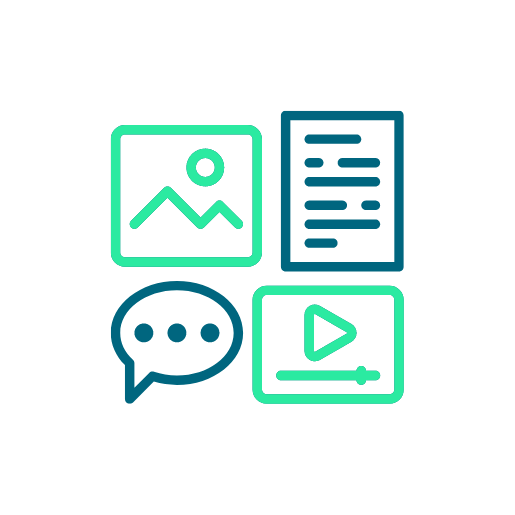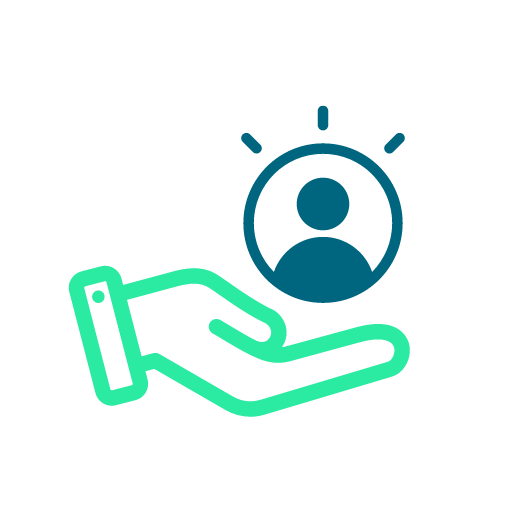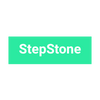An overview of the most important developments:
Personalization and microtargeting:
Algorithms, platform data, and first-party data make it possible to tailor campaigns to specific target groups—even addressing individuals based on their behavior and interests. This is particularly effective for social ads and retargeting.
Job content instead of job ads:
Applicants want to understand what to expect – beyond empty phrases. Visual formats, real voices from within the company, and concrete insights into everyday working life are increasingly replacing generic ads.
Platform diversity and channel shift:
Instagram, TikTok, and YouTube—these social media platforms are gaining importance as recruiting channels, especially among younger target groups. LinkedIn remains relevant for professionals, while Facebook continues to lose reach (source: Trendence HR Monitor 2024).
AI-supported content generation and delivery:
Whether programmatic job advertising or automated text variants – AI helps to create and distribute content more efficiently. A clear data strategy is a prerequisite.
Conversational recruiting:
Chatbots, WhatsApp recruiting, and messaging platforms offer low-threshold contact options – especially for target groups with low application motivation or mobile usage preferences.
Purpose communication instead of benefits show:
Values, attitude, and social relevance are becoming more important. Companies need to show what they stand for – not just what they offer. This applies to both social media content and the tone of career pages.
Candidate experience as a key criterion:
From initial contact to feedback: The quality of the experience helps determine whether applicants decide for or against a company. HR marketing must create the framework here – through clear communication, fast processes, and transparent expectations.





























